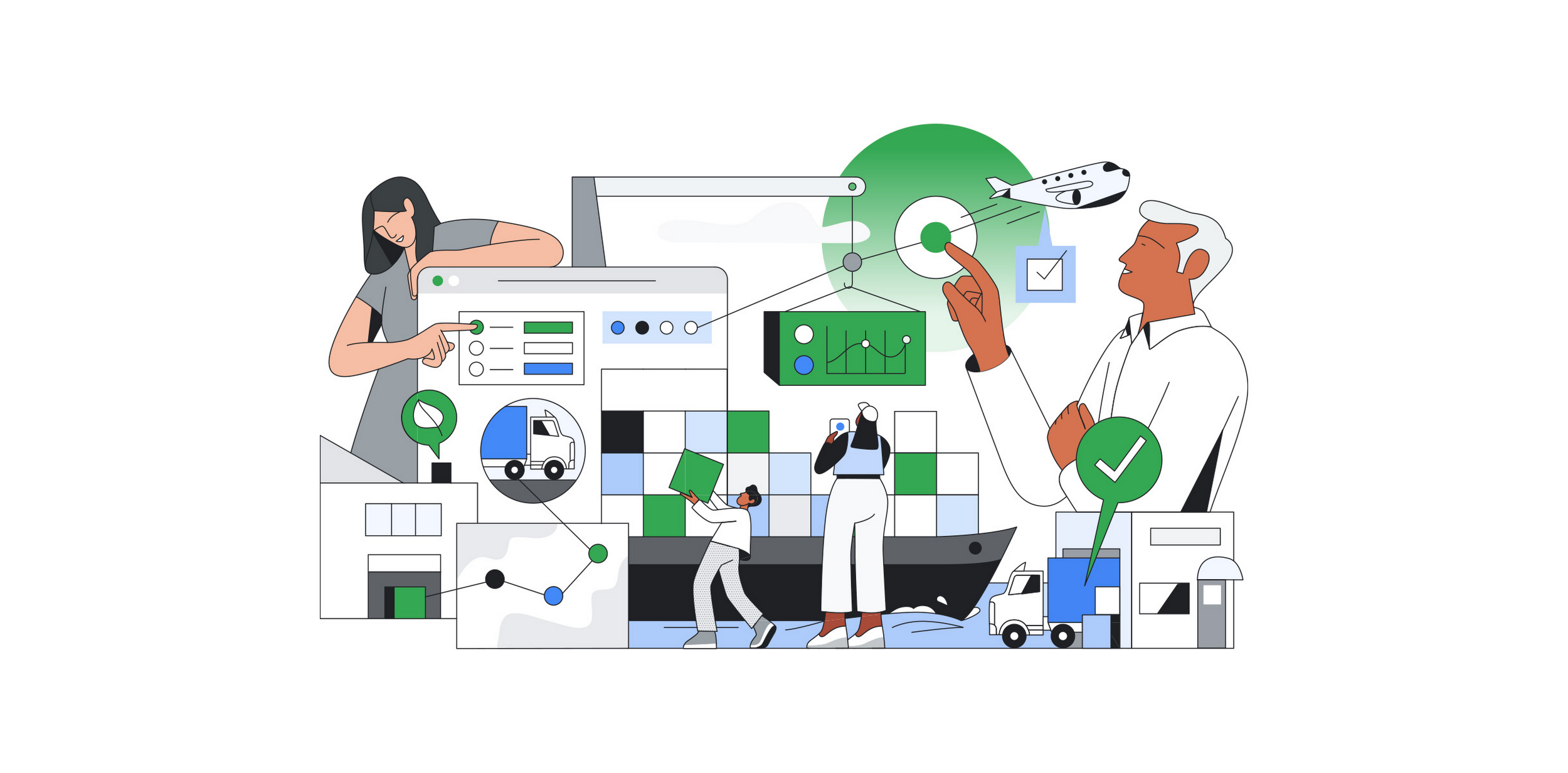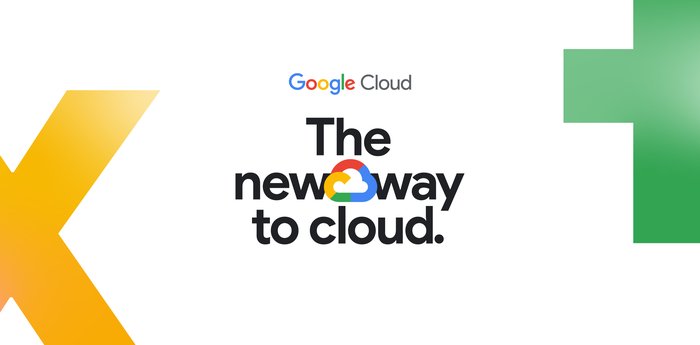Framing up Cloud FinOps: 3 questions, answered

Eric Lam
Head of Cloud FinOps
Sarah McMullin
Group Product Manager, Google Cloud Billing
Editor’s note: This post is a summary of our recent Twitter Spaces series ‘Framing up FinOps’ which can be listened to here. Check out new episodes every other week on the Google Cloud Twitter account.
Perhaps now more than ever, we’re all looking to save money, and many enterprises are prioritizing financial resilience. And as industry analysts report, customers are looking to optimize their costs and to drive cost efficiency.
Investing in cloud not only offers savings opportunities, but also an edge to grow in topline business value. Although managing cloud spend can be tricky at times, it doesn’t have to be. In fact, many organizations are leveraging the cloud to drive innovation. This is where Cloud FinOps comes in. In this blog post, we’ll answer three of the most common questions we’re asked about this emerging discipline.
What is Cloud FinOps?
Cloud FinOps is an operational framework and a cultural shift bringing technology, finance, and business leaders together to drive financial accountability and accelerate their business value in the cloud.
We anticipate that cloud FinOps will evolve in much the same way that DevOps did with software development. At one time, software engineers were just developers. But now, it’s a part of every engineer’s job not only to develop software, but also to consider and be responsible for its deployment. As more businesses digitally transform, it’s a cultural shift that will need to evolve. We see a future where everyone across organizations will eventually be wearing a FinOps hat.
How can I implement FinOps at scale in my organization?
Over the years, we’ve worked with more than 100 customers engaging them on this topic. In this work, we’ve identified 5 key elements to drive a successful FinOps adoption.
1. Accountability and enablement
FinOps extends beyond just engineers. It’s important to think about aligning a centralized FinOps team comprised of technology, finance, and business leaders. Together, they can drive fiscal accountability and enable the adoption of FinOps best practices.
2. Measurement and realization
Early on in their digital transformation journeys, customers often think about unit costs, e.g., cost per storage space or cost per virtual machine. But as your organization matures and embraces FinOps and the discipline around it, you’ll need to consider unit economics. Are you able to tie your cost drivers to your topline business revenue growth? This includes measuring things like cost per transaction, cost per customer served, or cost per digital order. Establishing fundamental KPIs and success metrics is a critical part of this effort.
3. Cloud optimization
FinOps isn’t a one-and-done effort. Rather, it’s a continuous process. Additionally, driving a cost-conscious culture across your organization is neither a one person nor one-team job. Financial accountability is everyone’s responsibility. We recommend you consider three key optimization dimensions.
Resource optimization
Oftentimes, optimizing efficiency in your resources is the first thing you should think about. How are you sizing your instances as you deploy applications in the cloud? Are you scaling down VMs when you’re not using them? Once you have the right size and controls in place, a good next step is to shift your focus to pricing.
Pricing optimization
As a next step, you can begin to look more closely at on-demand vs. reservation pricing options. For example, at Google we offer a committed-use discount. You can run the numbers to determine the options that make the most fiscal sense for your organization — e.g., electing between a one-year or three-year committed-use discount.
Architecture optimization
Many customers tend to think about lift and shift as they move from on-premises to data centers to the cloud. But we’ve found that customers tend to see the most value and benefit when they move up the stack into BigQuery and other managed-services platforms. Taking advantage of this value often requires some refactoring of application code.
4. Planning and forecasting
If you’re a financial leader, you likely have this fourth FinOps adoption pillar top of mind. You must consider, for example, how to go from managing an on-demand and pay-as-you-go model — where your month-to-month costs can vary — to tracking that ensures you have a good forecast against your actual budgeted plan for the year. Many customers often leverage trend-based forecasting — that is, using historical data — to project for future growth. But we’ve found that combining trend-based forecasting with driver-based forecasting tends to promote better projections.
5. Tools and accelerators
To do their jobs well, everyone at your company should be able to access the information and data they need when and how they need it. At Google Cloud, we offer both automations and the near-real-time insights you need not only to provide this access, but also to make informed business decisions about cloud spend. Importantly, tools alone are insufficient to drive FinOps success. Again, FinOps is a cultural mindset shift that encompasses people, processes, and technology. And depending on where you are in your journey, your tooling needs will change along the way.
Where and how should I start building Cloud FinOps at my organization?
It’s important to understand where your current cloud FinOps capabilities are. Depending on your organization’s level of maturity across multiple cloud FinOps processes and subprocesses, your focus may be technical, strategic, or transformational. We can work with you to identify your FinOps maturity level and create a customized action plan. For example, if you’re early in your journey and your focus is primarily technical, we can help you implement a tagging and labeling strategy to segment cloud spend and allocate costs. With Google Cloud products, tooling, resources, and data, you can drive efficiency and spend more of your time on the processes that are driving the biggest value for your organization.
Wherever you are in your journey, with Cloud FinOps, you can help your organization save money and drive better business value in the cloud.
For more on this and other cloud FinOps topics — including cost optimization, forecasting, allocation of costs, culture changes, and more — be sure to check out Framing Up Cloud FinOps, our new ongoing series on Twitter Spaces. New episodes launch every other week.

